On the 30th of December 1946, a US navy seaplane was flying into a snowstorm just off the coast of Antarctica. Onboard were 9 men, taking part in a secret mission to claim Antarctica for the USA. As they approached land, the storm got even worse and the crew lost all visibility, until suddenly. The plane hit a mountain and came crashing down onto the snow.
It was the most remote plane crash ever – and it left the crew stranded and badly injured in the world’s toughest environment. But despite the incredibly harsh conditions, 6 of the crew members managed to survive 13 days on the arctic ice, until they were finally rescued. We modeled the entire thing, to show you how this incredibly brave group of humans managed to stay alive, and the rescue mission that eventually saved them.
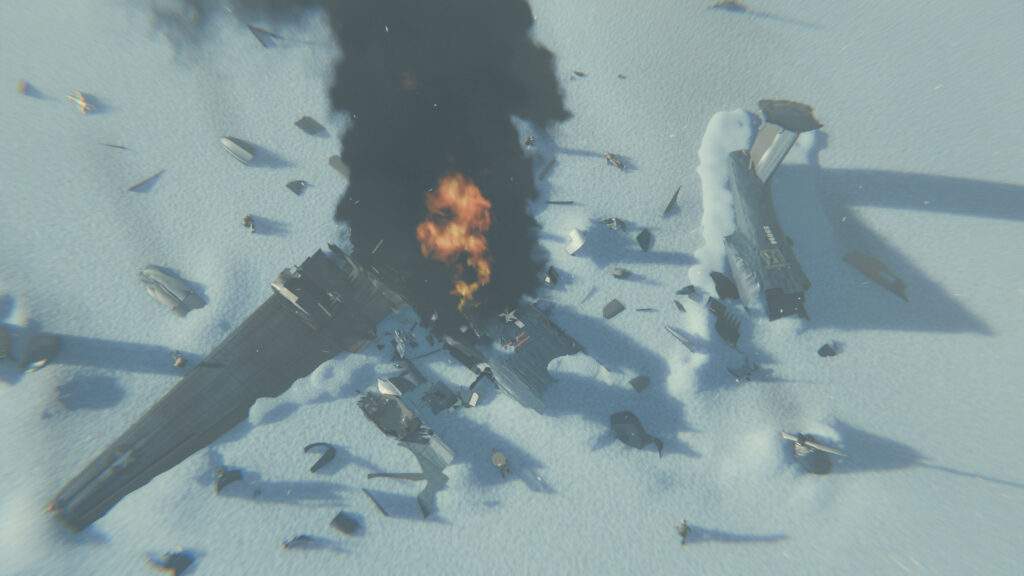
USS claiming Antarctica
In 1946, a year after World War 2, the US turned its attention to Antarctica. This unclaimed, vast stretch of land had untapped potential, and it seemed likely that the next war would be fought over who owned it. And so, in December 1946, the US sent a huge expedition of 13 ships, 33 planes and 5,000 men to Antarctica, with the secret mission of scouting out the continent, setting up bases, and claiming Antarctica as their own.
One of the first flights to head out was the crew of George 1, made up of 9 young men; two pilots, a navigator, radiomen, machinists, a photographer and the ship’s captain.
The plane crash
The journey was rough and the extremely cold weather stopped the plane from getting above 300 meters. After 3 hours, they finally reached the Arctic coast, but the conditions were now worse than ever, and the crew couldn’t see anything. The plane’s altimeter was getting confused by the thick layer of ice beneath them, which scattered the signal and showed that the crew were still 300 meters above the ground. But little did they know that the Arctic land was actually right beneath them and rising quickly.
Frenchy the pilot made the call to abandon the mission and turn back. But just as he was about to do this. The plane slammed into a mountain and tore a giant hole in the hull. 5,000 liters of fuel ignited immediately and caused a huge mid-air explosion. The plane came crashing down, scattering debris and its crew all over the ice. It was a complete disaster.
Sadly, both Hendersin and Lopez died immediately after being thrown through the plane’s propellers. The rest of the crew were alive, but Frenchy was badly burned and could barely move. Fred Williams was even worse, with a broken back and severe injuries to his face – it seemed almost certain that he would die.
Surviving Antarctica
Instincts kicked in, and the crew immediately set up shelter in the plane’s tunnel section, which had been ripped apart from the rest of the aircraft. They found a parachute and attached it to the end of the tunnel, to stop the wind and snow from blowing in.
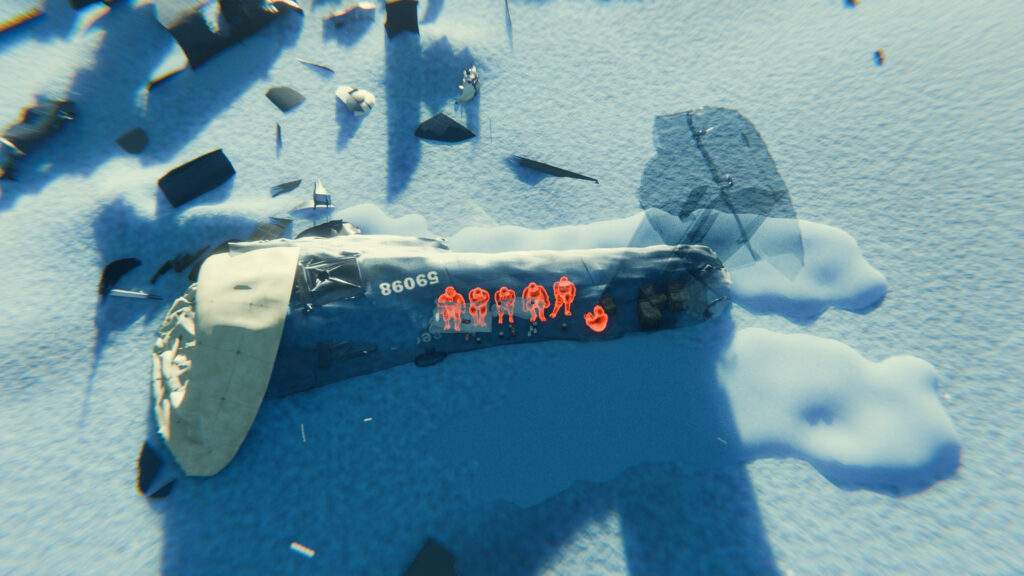
After searching through the debris, they also found sleeping bags, tents and some food rations, mainly consisting of canned meat and soup.
Not knowing when or if someone would ever find them, the crew retreated into their shelter to wait out the storm. Williams was too injured to be moved and so the crew built a shelter around him using a sleeping bag and a large piece of debris. A few hours later, Robbins went out to check on Williams, but he had already drifted off to sleep, taken by the cold Arctic conditions.
Now, just 6 of the crew members remained, and their hopes of survival relied completely upon being found. But their supply ship Pine Island was 500km away – and finding their wreckage in this vast white expanse would be extremely difficult.
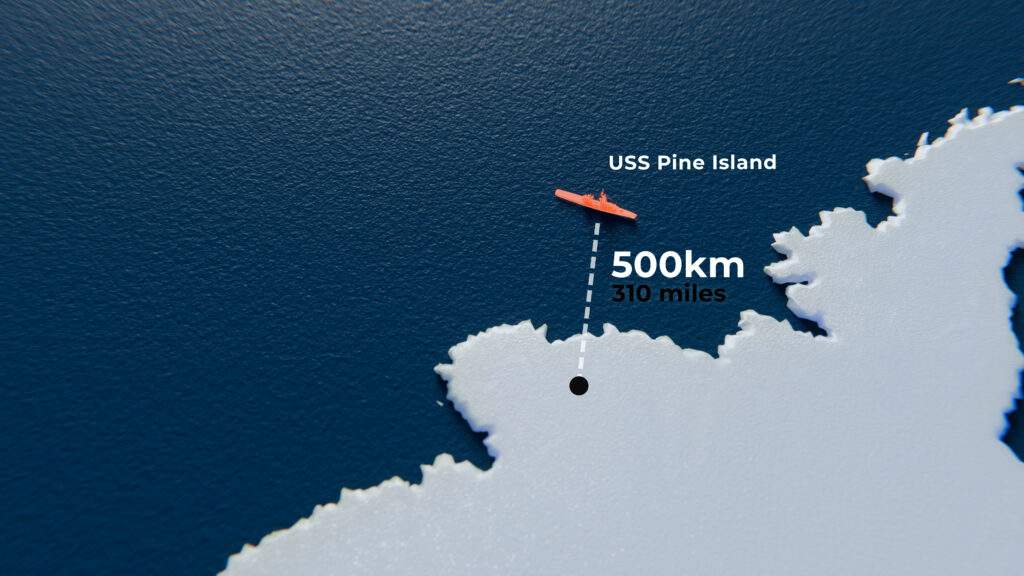
Planning a rescue mission
Back at the ship, the crew of Pine Island began planning a rescue mission. The last bit of data they had came around 30 minutes before the crash, and placed the crew around here.
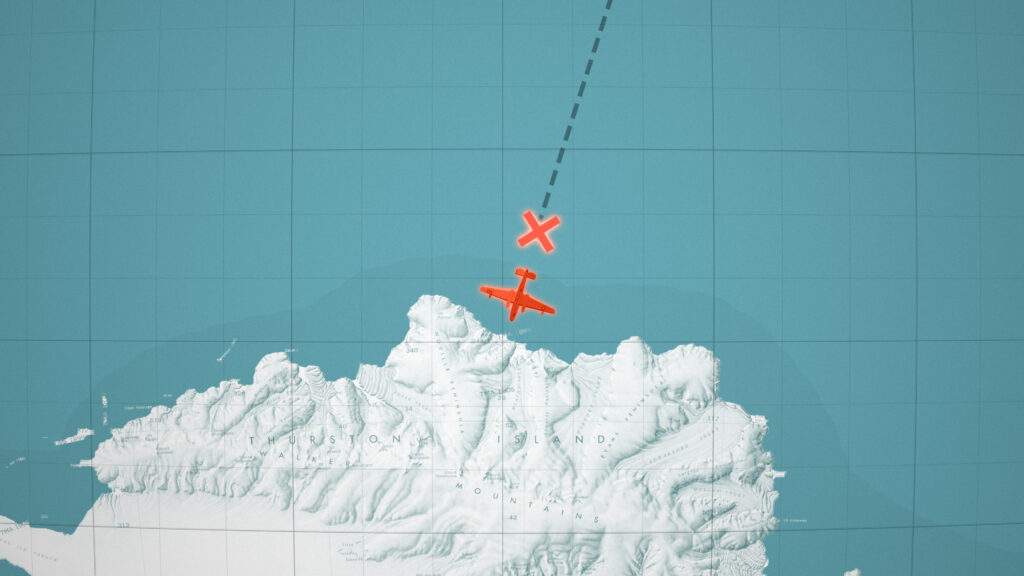
But without knowing when the plane went down, the crew could have been anywhere. The weather around the ship remained terrible for another 3 days, and so no rescue missions could be launched.
Back at the crash site, the 6 survivors were slowly freezing to death in a -20 degree blizzard. Frenchy was in a really bad way, and his burns meant that he could barely open his mouth. He was slowly dying of frostbite and dehydration, yet thanks to the cold and dry Arctic conditions, infections, which would have killed him by now, hadn’t spread due to the lack of bacteria. Despite all of this, Frenchy never complained once and he always tried to crack a joke whenever he could.
Cooking for survival
After some more searching around the debris, Robbins found a gas stove and managed to power it by siphoning fuel from one of the plane’s spare tanks. He then became the de facto chef for the whole crew, cooking them 2 meals a day; spinach soup, followed by peanut butter on bread.
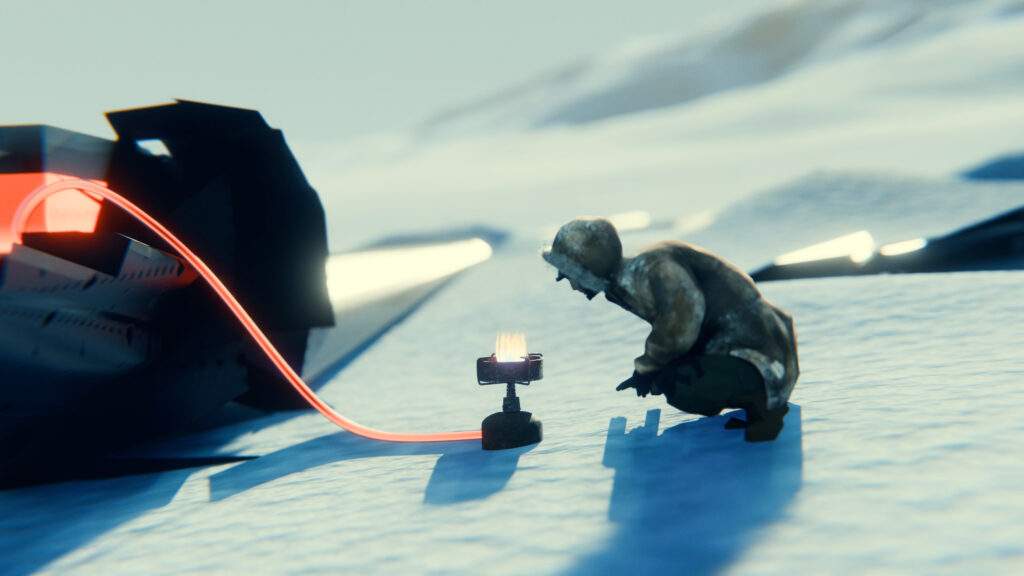
On day 4, the weather finally cleared and the Sun was now showering them in light. Despite the situation, they were completely overwhelmed by the sheer beauty of the location. They used this break in the weather to properly bury their dead crew members under the snow. In order to make it easier for recovery crews to find them, they placed metal objects inside the graves that could be picked up by magnetometers.
By day 5, the crew at the crash site were running out of fresh food, and would soon be down to just cans of dry meat. That day, Robbins went out to look for more equipment and found a camera that belonged to Lopez, the photographer who died in the crash. He took some pictures of the crash site and stored the film in his sleeping bag so he wouldn’t forget it.
The first search plane takes off
On day 7, the weather around the ship finally cleared, and a rescue plane left Pine Island in search of the crew. Using the last confirmed location of the plane, the rescue team started scanning the ground back and forth in a ladder search pattern. But as they reached land, the weather became overcast and any hopes of seeing the crew had disappeared behind a sea of fog.
At this exact moment, Frenchy woke up in a daze and said he heard the sound of a plane in the distance. He hadn’t heard anything, he was simply dreaming about being rescued. But as it turned out, the plane had actually passed within just 20 kilometers of the crew.
Over the next few days, the stormy weather returned once again, and spirits were at an all time low. The crew were desperate, so they created a large pile of debris that could be set on fire to catch the attention of any nearby plane. Robbins also found some yellow paint, and left a note on the wing for their rescuers to see. The crew were running out of time, but their luck was about to change.
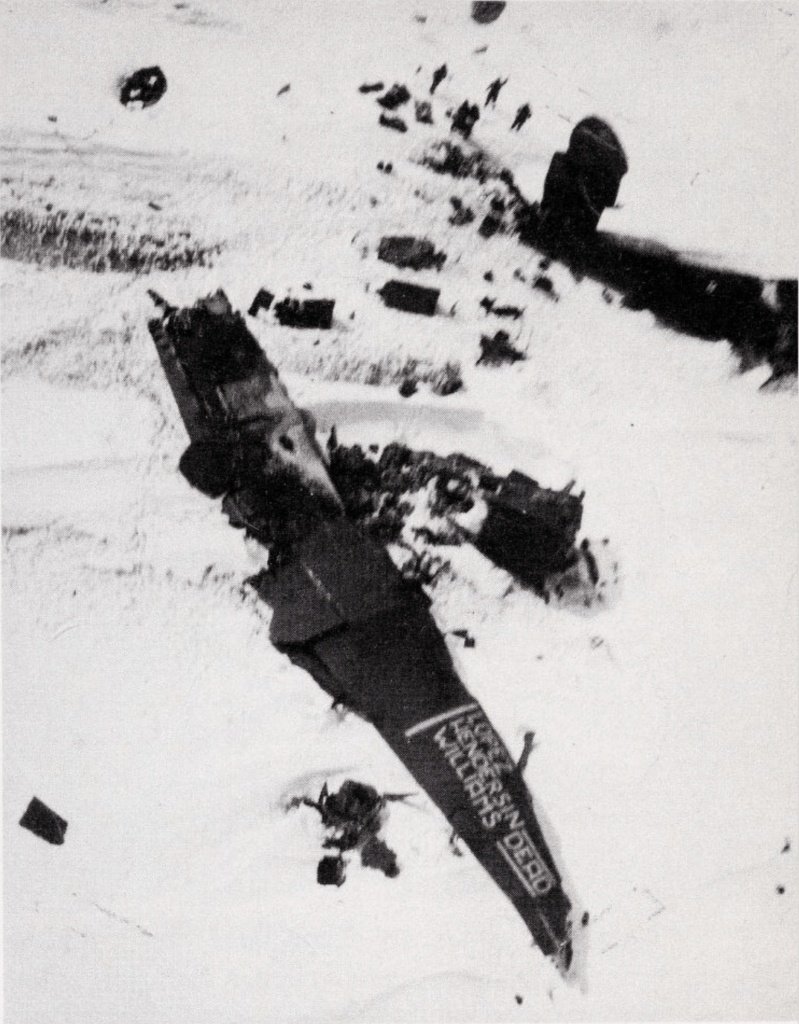
On the morning of day 13, the good weather finally returned, and the crew were having their breakfast, which at this point was just 5 half slices of apricots. All of a sudden, a low rumble started shaking the ground, getting stronger and stronger until suddenly…
Finding the survivors
The Pine Island crew had finally found their lost crew mates! The survivors ran out, waving their arms in the air. Their suffering seemed to be finally over. But without landing gear or a safe place to touchdown, there was no way for the plane to rescue them. They dropped a note down to the crew that said “if you can walk to the lake 10 miles North, join hands and form a circle. If you cannot, form a straight line.” They immediately formed a circle and began strapping Frenchy to a sled, before setting out on their toughest journey yet.
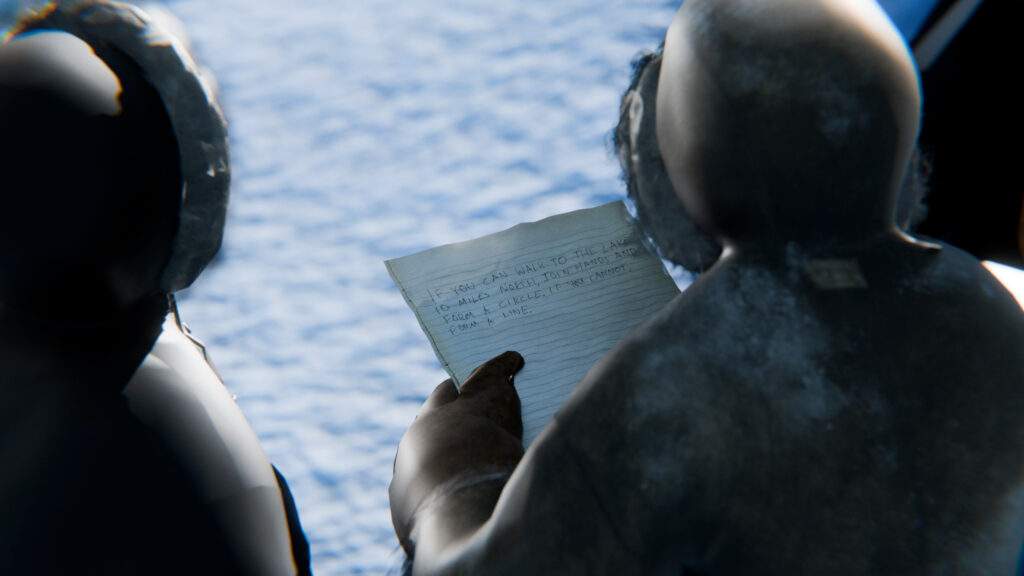
Journey to the lake
Looking back, their plane was now just a tiny speck on the landscape, and they realized just how lucky they were to have been found at all. The route to the lake was tough – pulling Frenchy through the chest high snow took them almost 12 hours. The rescue plane followed them most of the way, dropping occasional supplies to mark the route and snapping this picture along the way. The plane went on to make a perfect landing on the lake, and two men went out to look for the survivors. But suddenly, a thick bank of fog rolled in, leaving both groups completely blind.
The survivors knew they were getting closer, as they could hear the distant sound of a plane. But just as they thought they had made it, they came across a 20 meter high cliff, the final barrier between them and the lake. Amazingly, an almost perfect path just to the left led the way, almost as if it had been placed there to save the crew.
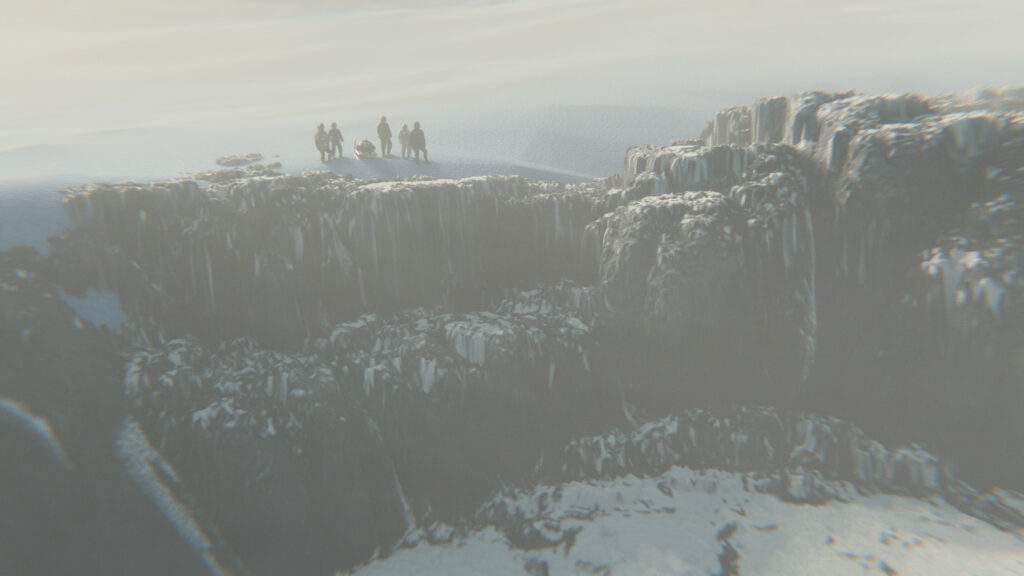
After carefully making it down onto the ice shelf, out of the mist came the 2 men. After two weeks of sheer terror and misery, they were finally reunited with their crew. They climbed aboard the rescue plane and all 6 men safely made it back to the ship.
It was one of the most unbelievable tales of survival and bravery, and all 6 men went on to tell the tale. As for the 3 lost men, they remain buried, perfectly preserved under 80 years worth of ice and snow which will now be over 100 meters deep. The camera that Robbins found never made it out of the crash site. Its pictures, which would no doubt be worth a thousand words, are just waiting to be discovered one day. Sadly, no one has ever returned to this fabled location to recover the 3 men.
To learn more about what the 6 survivors went on to do with their lives, check out this article.
References
| Where Hell Freezes Over Book | https://www.amazon.com/Where-Hell-Freezes-Over-Survival/dp/0312342055 |
| Historic Wings | https://fly.historicwings.com/2012/12/g1-down-in-antarctica/ |
| Smithsonian | https://www.smithsonianmag.com/air-space-magazine/operation-highjump-18223476/ |
| South Pole | https://www.south-pole.com/p0000153.htm |
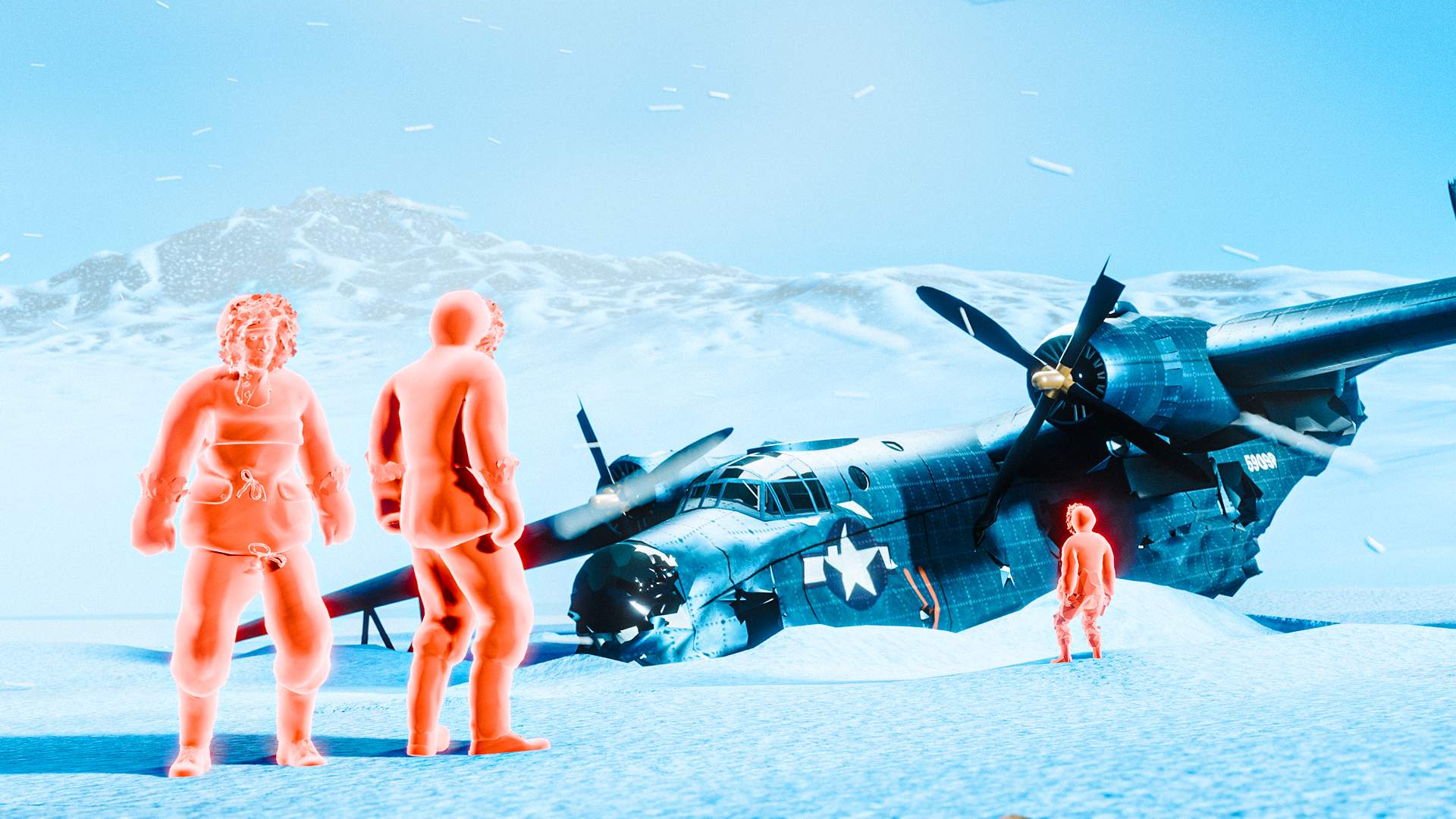



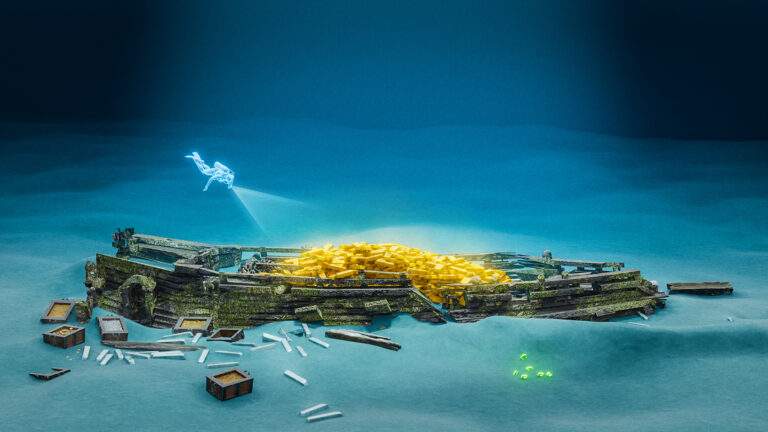

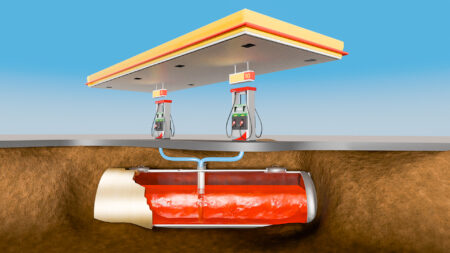


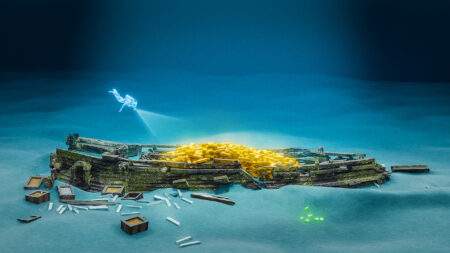


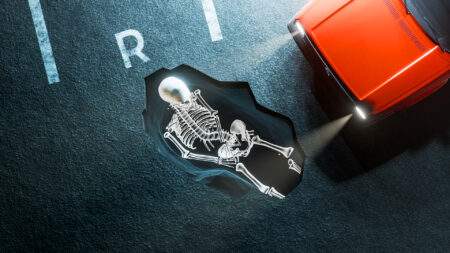
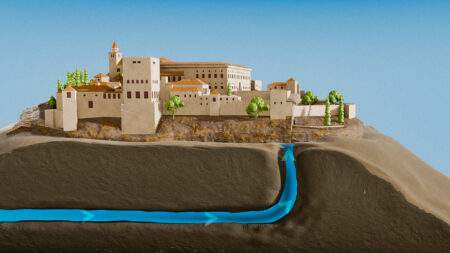
Please leave out the italics in the narrative. They are so disruptive to the flow of the story.
Sorry about that, it’s a carry over from the script. I’ve changed it now 🙂
i want to ask a question about the giveaway do you give it yet or be waiting for the product to be available?
I believe I saw you visit my site, so I’m here to return the favor! I’m always on the lookout for ways to improve my own website, and your content has given me some great ideas.
I was recommended this website by my cousin I am not sure whether this post is written by him as nobody else know such detailed about my trouble You are amazing Thanks
Você conseguiu trazer clareza a um tema que muitas vezes é mal compreendido, o que é um grande mérito.